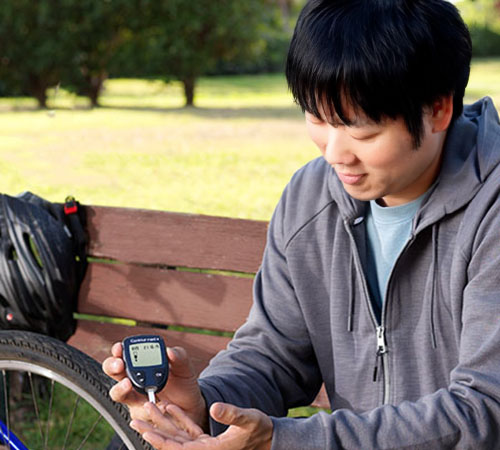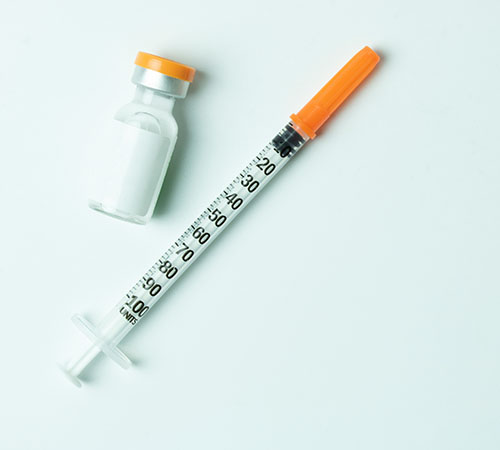Good Diabetes Management
To manage diabetes successfully, the blood sugar levels should be kept within the normal range by timely injections of the right dose of insulin. However, if you change your eating habits (e.g., fasting), or physical activities, your blood sugar levels may become too low or too high. Additionally, blood sugar levels might also become too low or too high during times of stress, surgery, or illness.




